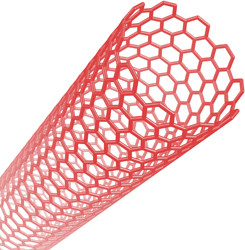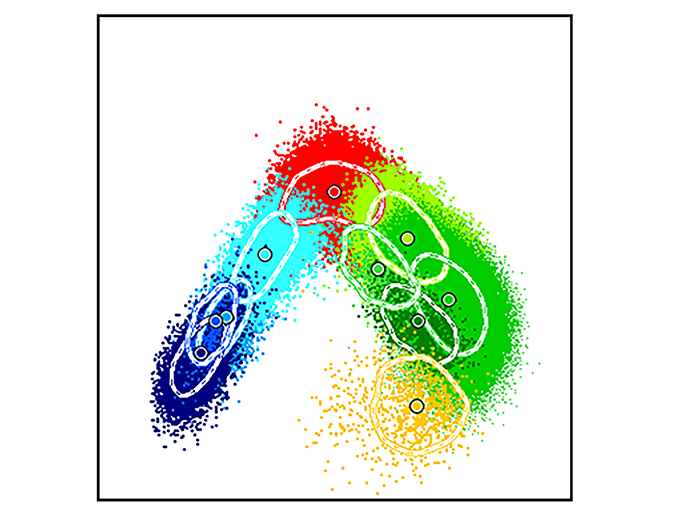The potential of carbon nanotubes
During the first part of the NANONEUROHOP project researchers exposed neurons, glial cells, and microglia to nanotubes. These cells came from the frontal cortex and the striatum. The researchers found that microglia from the striatum were sensitive to carbon nanotubes. To investigate further, they tested these cells in positively charged, negatively charged, and both positively and negatively charged nanotubes over a one-month period. No significant toxicity was found. Microglia, however, have the ability to absorb foreign materials. Exploring this issue, researchers left microglial cell cultures in each differently charged nanotube for three months. Importantly, the nanotubes were all still present at the end of the three-month period. This showed that degradation is slow in microglia. Scientists then injected carbon nanotubes into superficial areas of the brains of rodents. Their goal was to observe whether degradation occurred. Scientists observed some degradation after two weeks. Going further, they injected nanotubes into deep brain regions. Degradation was more advanced in these areas. In both studies, the health and behaviour of the animals were not affected. These studies have improved understanding of the reaction of the brain when exposed to carbon nanotubes. The research showed the need for more biocompatible materials and the importance of considering where in the brain the nanotubes should be placed. Further investigation will be needed to assess the long-term safety and degradation of nanotubes after injection. A secondary aim of NANONEUROHOP was to develop the managerial, writing and mentoring skills as well as scientific expertise of a funded researcher. This part of the project was also successful. This individual mentored eight scientists and generated many publications The researcher is now on the way toward a successful career.







